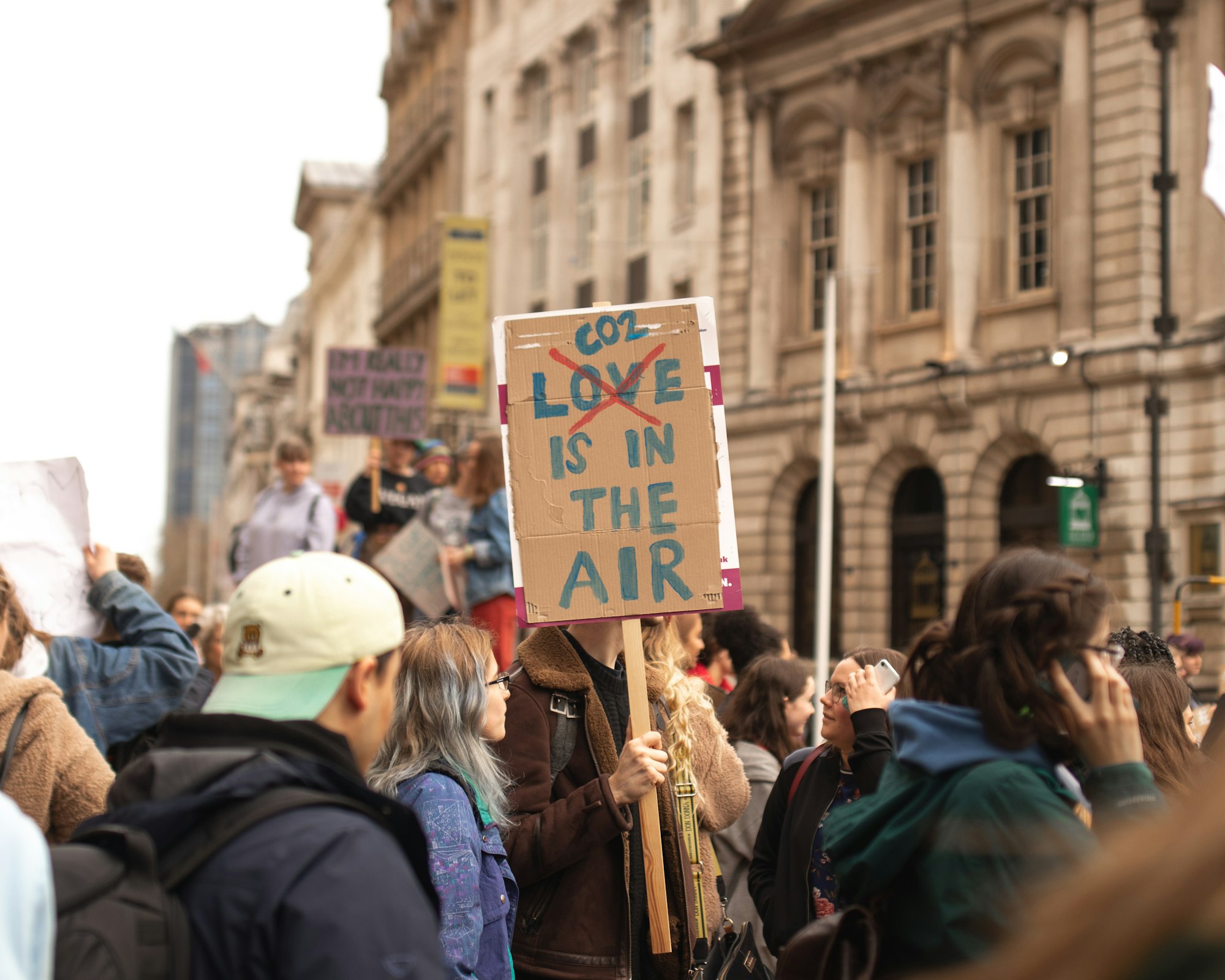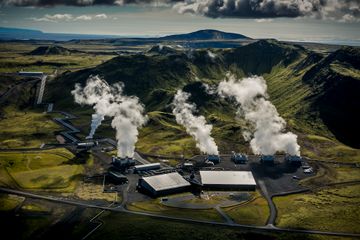Climate change is one of the most pressing issues of our time. Reducing carbon emissions is crucial to slowing it down, as is removing emissions to get the ocean and atmosphere back to healthy CO₂ levels. But what exactly are carbon credits and carbon removal, and how do they work? In this blog post, we'll explain the difference between the two and how they can be used to combat climate change.
Carbon Credits Explained
Carbon credits are a way for businesses and individuals to offset their emissions by financially supporting projects that reduce emissions in other parts of the world. One carbon credit represents one ton of CO₂ emissions prevented. These projects are verified by organisations such as the Gold Standard, which ensures that the projects not only reduce emissions but also have sustainable development benefits for the affected communities.
Examples of projects that can be supported through carbon credits include:
- Building energy-efficient homes in Mexico
- Improving cooking and heating in China
- Providing safe water access in Rwanda
- Promoting solar cooking for refugee families in Chad
While carbon credits can help limit future emissions, they do not remove historic emissions that are already in the atmosphere. Additionally, the cost of carbon credits can vary depending on the nature of the project and the organisation that verifies them. Carbon credits may not always be used to fund projects that are truly effective in reducing emissions and they may not always provide real and measurable reductions in emissions. Furthermore, carbon credits can suffer from double counting and additionality problems, which means that the same emissions reduction may be claimed by multiple projects and the emissions reduction may have happened anyway without the project.
Carbon Removal Explained
Carbon removal, also known as carbon dioxide removal (CDR), is the process of taking CO₂ out of the atmosphere or ocean and storing it permanently and sustainably. Unlike carbon credits, which prevent future emissions, carbon removal actively removes emissions that were already produced.
There are several methods for carbon removal, including:
- Planting trees - trees and plants naturally sequester carbon through photosynthesis
- Direct air capture and storage - a chemical processes to separate CO₂ from the air and store it underground
- Enhanced weathering - the dissolution of minerals to remove CO₂
- Blue carbon - capturing carbon in ocean ecosystems like mangroves, salt marshes, seagrasses, kelp and algae
- Carbon farming - improving and innovating agricultural methods for sequestering carbon in soil, crops, and biomass
- Ocean fertilisation - increasing marine food production and removing CO₂ from the atmosphere
Find a more comprehensive overview of carbon removal methods here. Each of these methods has its own benefits and limitations, and the effectiveness of carbon removal can vary depending on the specific technique and location. However, carbon removal is considered a key strategy for returning atmospheric CO₂ levels to healthy levels.
Carbon removal is generally more expensive than carbon credits, as it involves actively removing emissions that are already in the atmosphere. However, as competition grows and these technologies mature, the cost of carbon removal is expected to decrease; a necessity as the effects of climate change become more severe.
Sources:
- "Gold Standard" - https://www.goldstandard.org/
- "Net zero: an ambition in need of a definition" - https://www.carbontrust.com/news-and-insights/insights/net-zero-an-ambition-in-need-of-a-definition
- "Special Report: Global Warming of 1.5 ºC" - https://www.ipcc.ch/sr15/chapter/spm/
- "Net-Zero by 2050" - https://www.iea.org/reports/net-zero-by-2050
- "Net Zero" - https://www.carbontrust.com/what-we-do/net-zero




